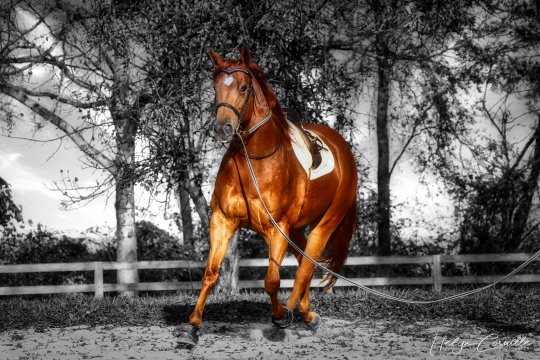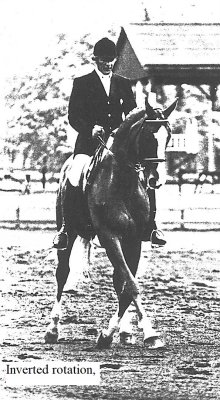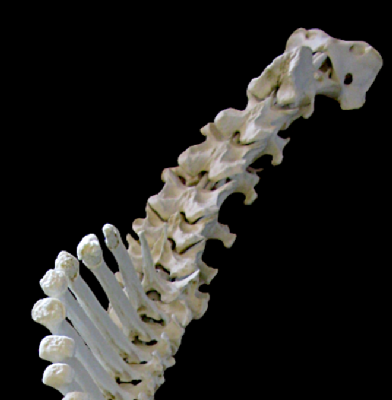The Norm
The Norm
Jean Luc Cornille

“A lie told often enough becomes the truth”. (Friedrich Nietzsche (1844 - 1900)
Repeated long enough, a lie remains a lie but it became the norm. Soon, the ones who are educated enough to believe what they are told but not educated enough to question what they are told, regard the norm as the truth.


The norm rewards half-pass executed with an inverted rotation.
Bebe Blond, who is the horse on the left picture, competed in three-day event all the way to International level and then had a second career in Dressage at FEI level. In both disciplines Dressage was his forte. The high of his competitive career was through the eighties when the knowledge of the transversal rotation coupled with lateral bending was in its infancy. I was aware of it but the studies were confused and the practical application was uncertain. The first truly comprehensive explanation was made in 1999 by Dr. Jean Marie Denoix. Bebe Blond executed, at times, the half-pass with an inverted rotation and get good scores for it, as it is today. Other times, the rotation was proper but the scores were the same, as it is today. Chazot, who is the horse on the right picture benefited from actual knowledge. He was learning half pass at the time of the picture. His nose was not yet exactly where it should be but the rotation was proper. He did not fully fulfill the details of the judging standards, but the coordination of his physique allowed him to benefit from the gymnastic exercise referred to as “half-pass.”


The left picture shows cranial thoracic and cervical vertebrae combining left lateral bending and inverted r.otation, (Bebe Blond’s picture.) . The right picture shows cranial thoracic and cervical vertebrae combining left lateral bending and proper rotation, (Chazot’s picture.)
There is a deep difference between making the horse do it, and creating and coordinating the body coordination allowing the horse to benefit from the gymnastic exercise. Before becoming compulsories presented in the show ring, dressage movements were gymnastic exercises preparing the horse for the athletic demands of urban life, war, or entertainment. The actual reality is that dressage horses get crippled repeating movements that were originally designed to educate their body.
The judging standards are at fault because they focused on esthetic without sound understanding of the underlying biomechanics factors, but the main problem is having accepted and based the show business on the acceptance than a blue ribbon is more important than a horse. Young riders and trainers who have not matured enough to muzzle their ego, don’t question that the purpose of life is winning. More ethical and intelligent riders have confusing thoughts; “If I have to inject every joints of my horse to keep going, what am I doing wrong?”
Marc twain wrote, “The two most important days in your life are the day you are born and the day you find out why.” Some riders know or feel intuitively that their expectation with their horse might include showing, but something else must exist. The purpose of living with a horse cannot be limited to such superficial level. Groups are then created to save the norm by perpetuating the lie. Groups practice sociocentrism, convincing their members that the principles preached by the group are the norm and should not be questioned.
The norm makes us believe that the purpose of riding is winning a medal, gold if possible, but weeks or months after the medal, we take conscience that it is not even gold, it is a cheap metal covered with a very thin layer of valuable material. The horse is in the stall, needing injections, as he is paying the price for this thin layer of shiny moment. The day we find out that the solid gold is indeed, the horse, the day we find out that the pleasure of developing and refining the horse’s physique for the athletic demand of the performance is the real thing, is the most important day of our equestrian life. This day, we realize that all along, the horse has willingly participated to his education compensating for the many flaws of our education. This day we upgrade our riding to the horse’s ethic and finesse and intelligence. This day we set the conditions allowing the horse to process the most efficient solution. This day, we observe instead of judging the horse’s reaction and use our knowledge and intuition to help his mental processing. This day, we became a real rider and indeed a human worth to be a human.
Jean Luc Cornille


 twitter
twitter facebook
facebook pinterest
pinterest linkedin
linkedin